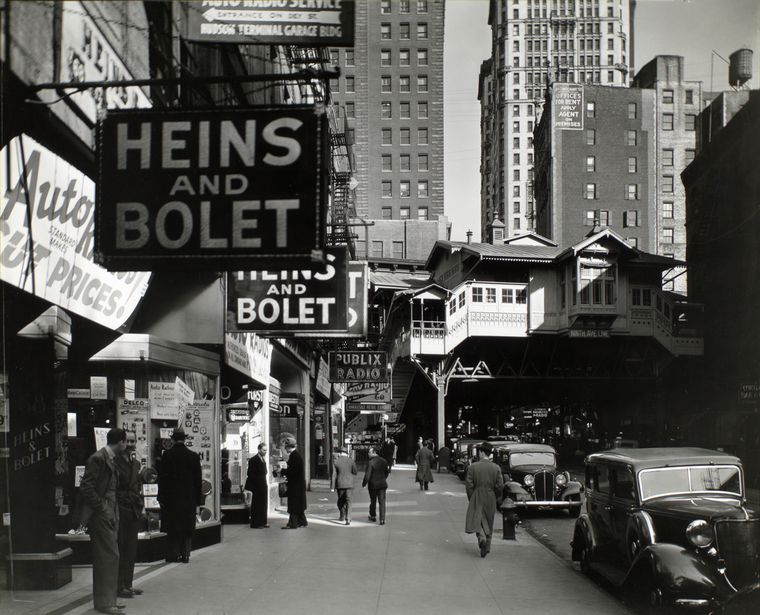Tiki Tom
My Mail is Forwarded Here
- Messages
- 3,395
- Location
- Oahu, North Polynesia
Some interesting photos of NYC in the 40s. What struck me was the unity of the images. Of course the photographer has a lot to do with that, but nonetheless, everything looks like it could have come straight out of an old "Superman" episode or a modern episode of "Agent Carter." By comparison, today's US cities come across as a higgledy–piggledy mix of varying architectural periods and styles. Nothing wrong with that and it can be appealing, but 1940s New York just looks so iconic, self-referential and "of its time". I'm explaining myself poorly. I guess I'll just end by saying these photos capture a bit of what was the distinctive time and place that was 1940s New York.
http://fortune.com/2017/04/17/todd-webb-gallery-photography/
http://fortune.com/2017/04/17/todd-webb-gallery-photography/






